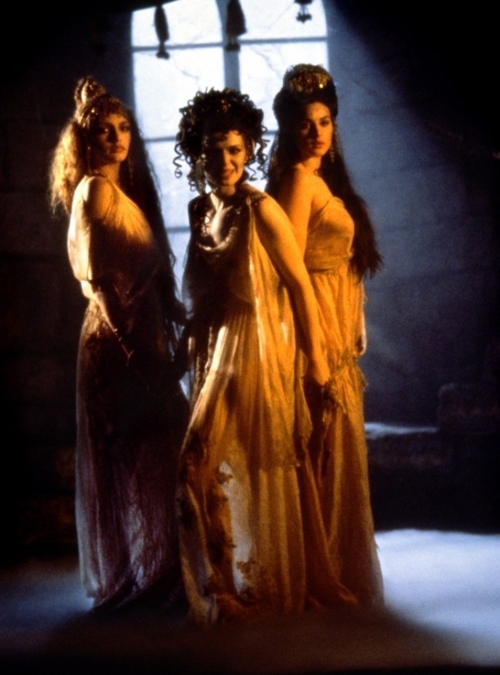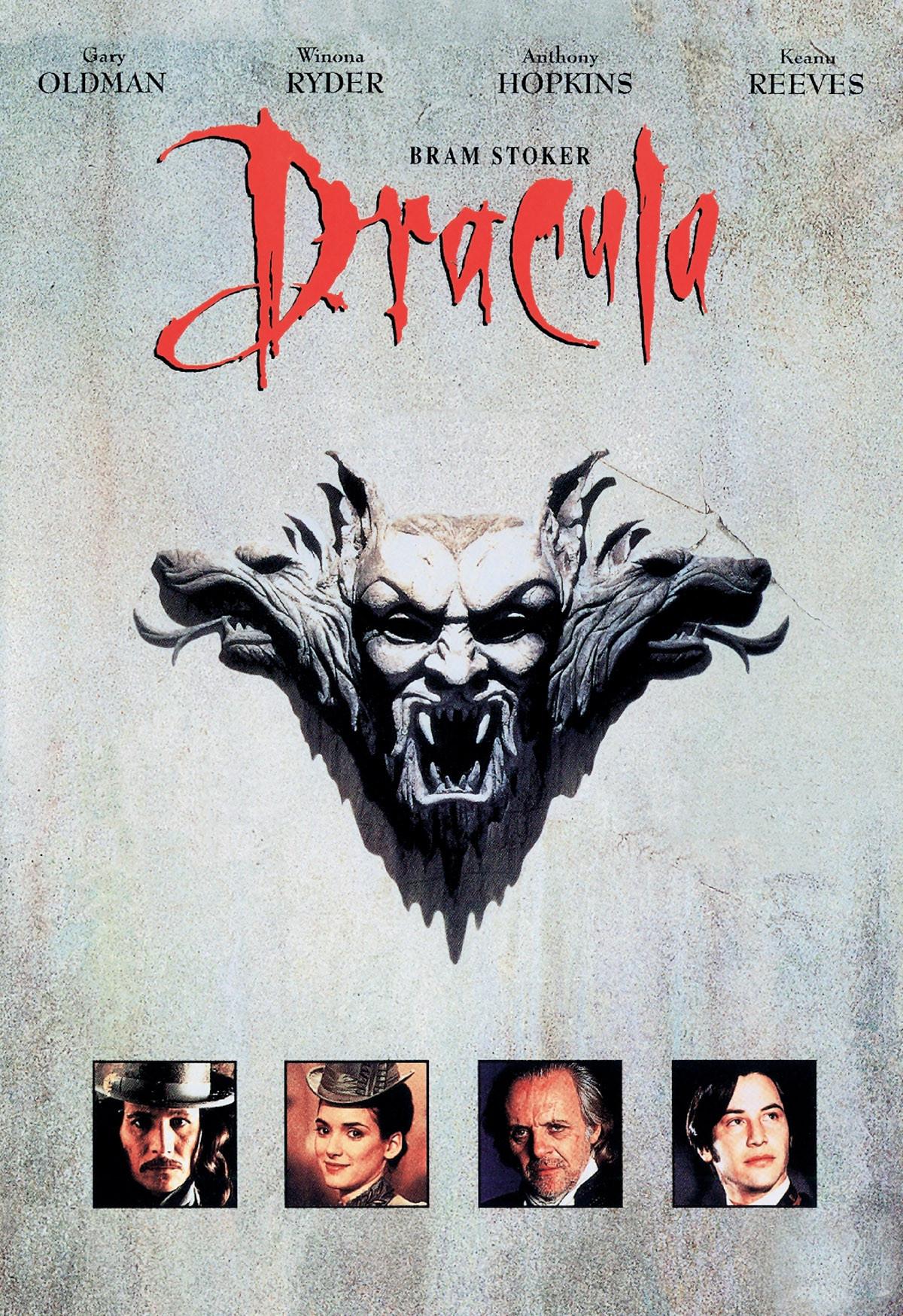

According to Wells the choreography by Michael Smuin was inspired by “Virgil And Dante Looking At The Spider Woman,” an illustration from Gustave Doré’s 1861 edition of Dante’s Inferno.

On Twitter, Richard Wells called attention to a scene when Dracula scatters his vampire brides, causing two of them to withdraw, twisted together in a spidery form. Particularly during the first half of the movie we see a visual “dialogue” between Transylvania, represented by the imagery of Symbolism and the Vienna Seccession, and England, represented by Pre-Raphaelite imagery.Īn example of the former is Dracula’s castle, which is depicted rising out of an outcrop in the Carpathian mountains, modeled on František Kupka‘s 1903 painting The Black Idol (Resistance).Īt various points Dracula (played by Gary Oldman) is depicted sleeping either in his sarcophagus or boxes of earth wearing a golden robe inspired by Gustav Klimt’s 1907 painting The Kiss, which includes a similar pattern of whorls and rectangles. In this post I want to examine the influence of certain nineteenth century and Pre-War artworks on the production design.

As a result the scenery, costumes, and mis-en-scène are full of interesting references. Obviously Coppola, together with art director Thomas Sanders and costume designer Eiko Ishioka, gave a lot of thought to what was happening in the arts both in England and Mitteleuropa at the fin-de-siècle when the film takes place. Francis Ford Coppola’s 1992 adaptation of Bram Stoker’s Dracula was the subject of a recent post.


 0 kommentar(er)
0 kommentar(er)
